Table of Contents
- Waist Trainers and Pregnancy: Safety Concerns
- How Waist Trainers Work
- Pregnancy and Bodily Changes in the First Trimester
- Potential Risks of Wearing a Waist Trainer During Early Pregnancy
- Medical Opinions and Expert Recommendations
- Safe Practices for Maintaining Body Shape During Pregnancy
- Conclusion
Waist Trainers and Pregnancy: Safety Concerns
Waist trainers have gained immense popularity among women seeking a slimmer waistline and enhanced body shape. These compression garments promise quick results, often worn for extended hours to achieve an "hourglass" figure. However, for women who are pregnant or planning to conceive, concerns arise about the safety of waist trainers, especially in early pregnancy. Could wearing a waist trainer in the first trimester lead to a miscarriage? This article explores the potential risks and expert recommendations regarding waist trainers and pregnancy.
How Waist Trainers Work
A waist trainer is a tightly fitted garment designed to compress the midsection, forcing the waist into a slimmer shape. It applies significant pressure to the abdominal area, redistributing body fat and even affecting organ positioning. While some women use them to achieve a more defined waistline, the long-term effects of continuous compression include restricted breathing, reduced blood circulation, and digestive issues.
Pregnancy and Bodily Changes in the First Trimester
During the first trimester, a woman's body undergoes significant changes to support the developing embryo. Some key developments include:
- Uterine Expansion: The uterus begins to grow to accommodate the developing fetus.
- Increased Blood Circulation: The body pumps more blood to supply oxygen and nutrients to the baby.
- Hormonal Changes: Increased levels of progesterone and estrogen prepare the body for pregnancy.
Any external pressure on the abdomen during this sensitive period could potentially interfere with these natural processes, raising concerns about whether waist trainers could pose a danger to pregnancy.
Potential Risks of Wearing a Waist Trainer During Early Pregnancy
While there is limited direct scientific research linking waist trainers to miscarriage, several potential risks make their use unsafe during early pregnancy:
1. Excessive Compression on the Uterus
- Waist trainers exert tight pressure on the abdominal area, which could interfere with the uterus's natural expansion in early pregnancy.
- Persistent compression may lead to discomfort and increase the risk of complications.
2. Restricted Blood Flow and Oxygen Supply
Pregnant women already experience increased blood flow to support the fetus. Tight compression may reduce circulation, potentially limiting oxygen supply to the baby.
Poor circulation can also cause dizziness, shortness of breath, and discomfort for the mother.
3. Increased Pressure on Abdominal Organs
- Waist trainers push organs into unnatural positions, which could cause digestive issues such as acid reflux or constipation.
- Excessive pressure on the abdomen may contribute to uterine irritation or contractions.
4. Higher Risk of Pregnancy Complications
- While a waist trainer alone may not directly cause a miscarriage, it could contribute to increased physical stress and discomfort, which are risk factors for pregnancy-related issues.
- If a woman already has a high-risk pregnancy, additional abdominal compression could worsen the situation.
Medical Opinions and Expert Recommendations
Most medical professionals strongly advise against wearing waist trainers during pregnancy due to the risks of compression and restricted circulation. Experts recommend:
- Avoiding any tight compression garments that could interfere with natural pregnancy changes.
- Opting for maternity support wear designed to provide gentle support without excessive pressure.
- Prioritizing comfort and health, ensuring that clothing choices do not restrict movement or breathing.
Safe Practices for Maintaining Body Shape During Pregnancy
Instead of waist trainers, pregnant women can focus on healthier ways to support their bodies:
1. Exercise Safely
- Engage in pregnancy-safe exercises like prenatal yoga, walking, and swimming to maintain a healthy weight.
- Strengthening core muscles with doctor-approved exercises can help support the abdominal area naturally.
2. Wear Proper Maternity Support
- Use maternity belts or support bands designed to provide gentle belly support without harmful compression.
- Choose breathable, stretchable fabrics that accommodate body changes comfortably.
3. Maintain a Balanced Diet
- Focus on nutritious meals that support fetal development and maternal health.
- Stay hydrated and consume fiber-rich foods to prevent bloating and digestive discomfort.
Conclusion
While waist trainers may be popular for shaping the waist, they are not safe for pregnant women, especially in the early stages of pregnancy. The risks of excessive abdominal compression, restricted blood flow, and increased discomfort outweigh any potential benefits. Expectant mothers should prioritize their health and the well-being of their baby over aesthetic concerns. Instead of waist trainers, embracing maternity-friendly clothing, healthy exercise, and proper nutrition will ensure a safer and more comfortable pregnancy journey.
If you're considering waist trainers after pregnancy, read our guide on Can You Wear a Waist Trainer After Giving Birth? to make an informed decision.

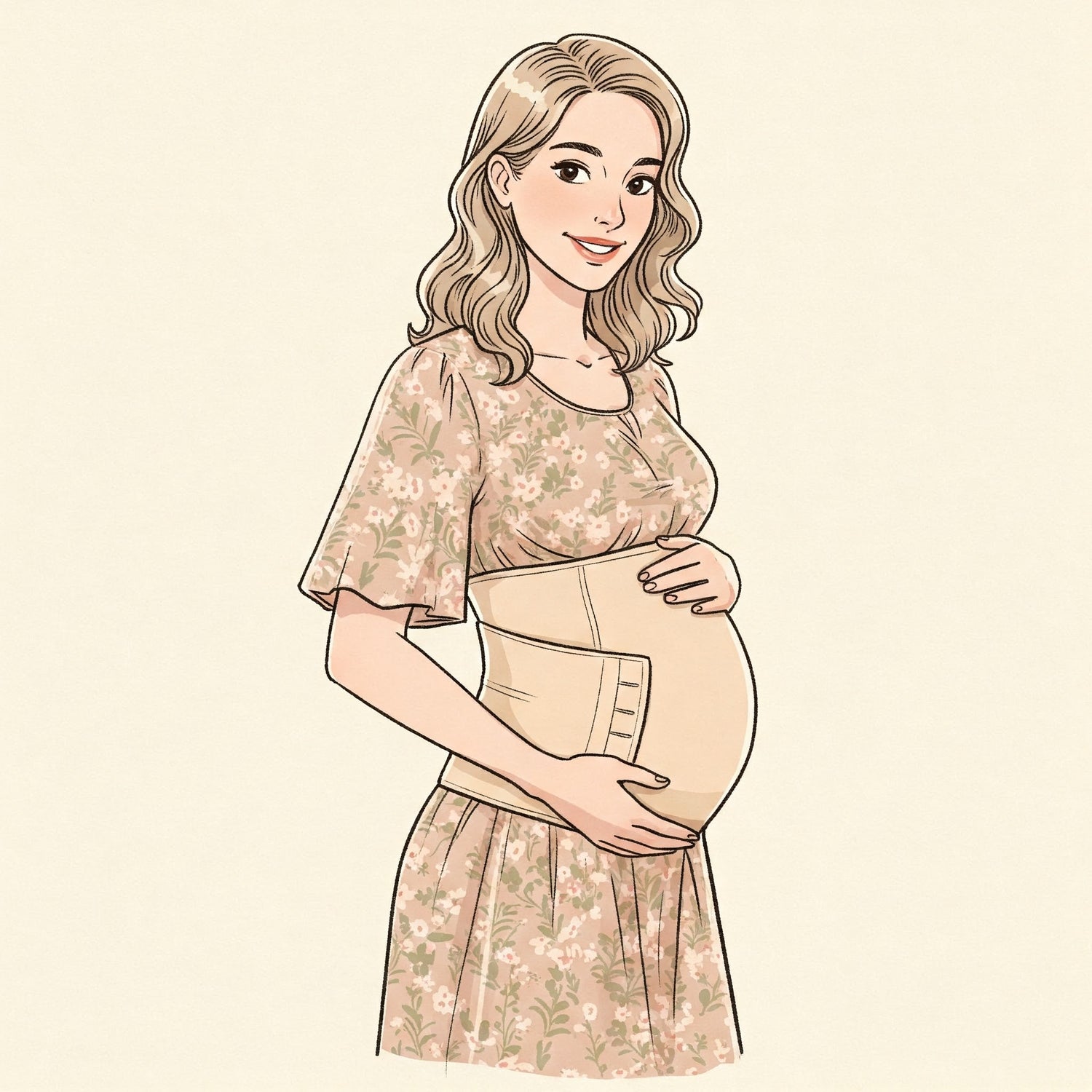
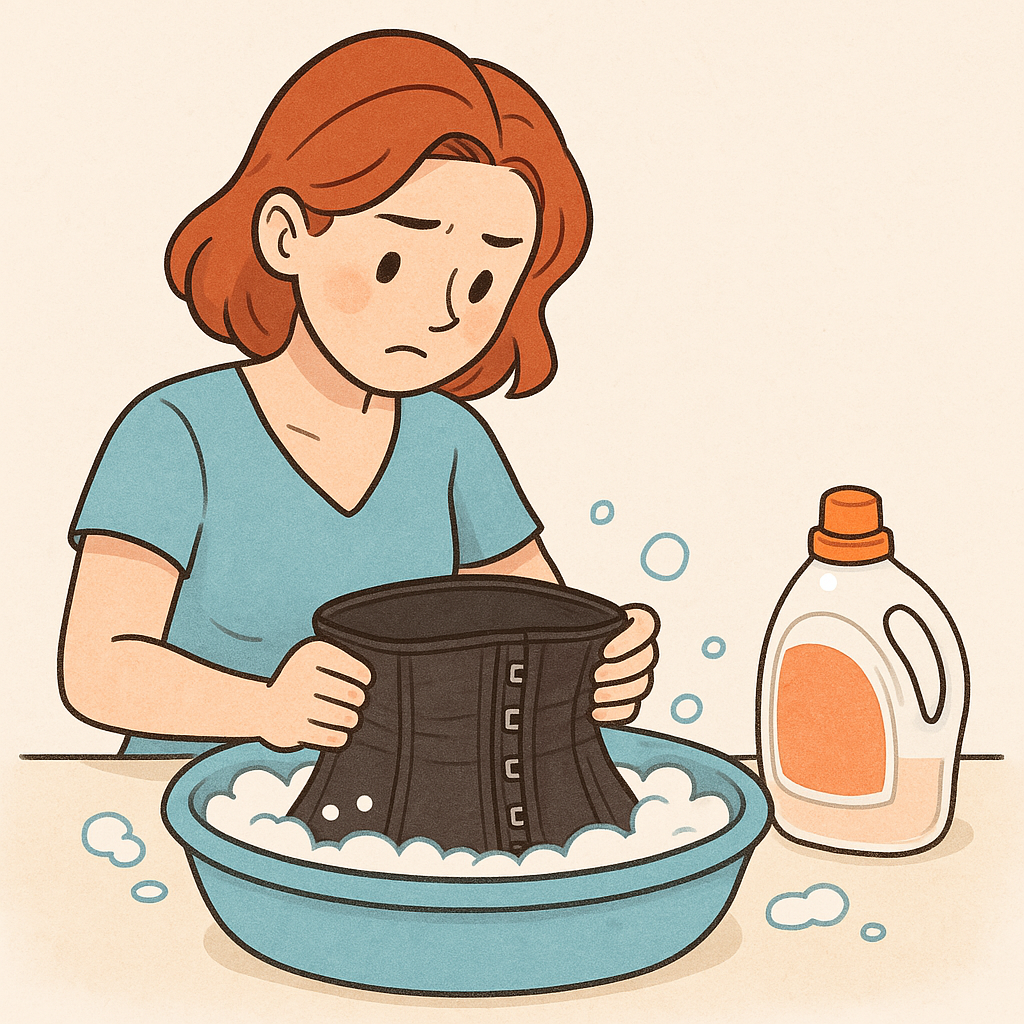

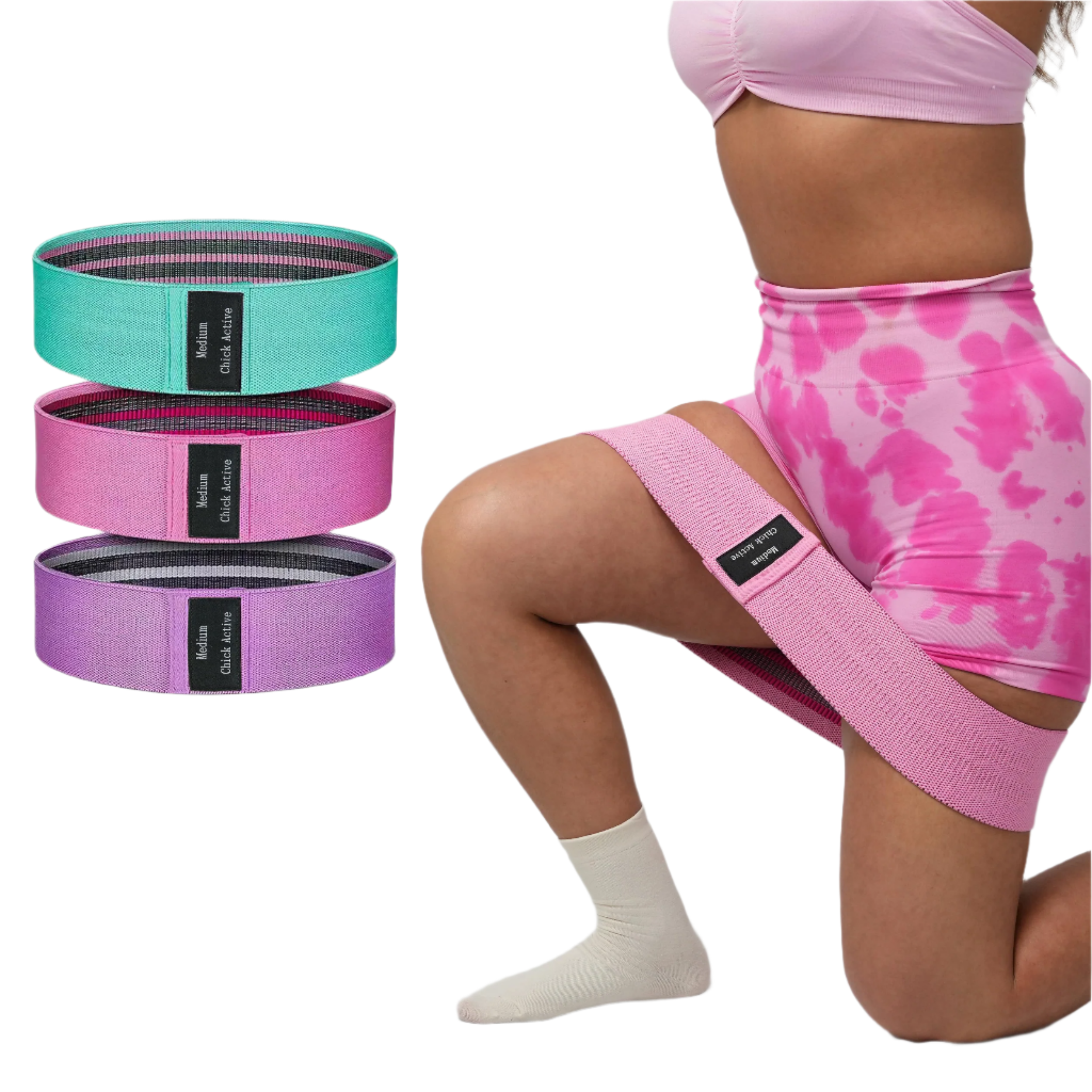

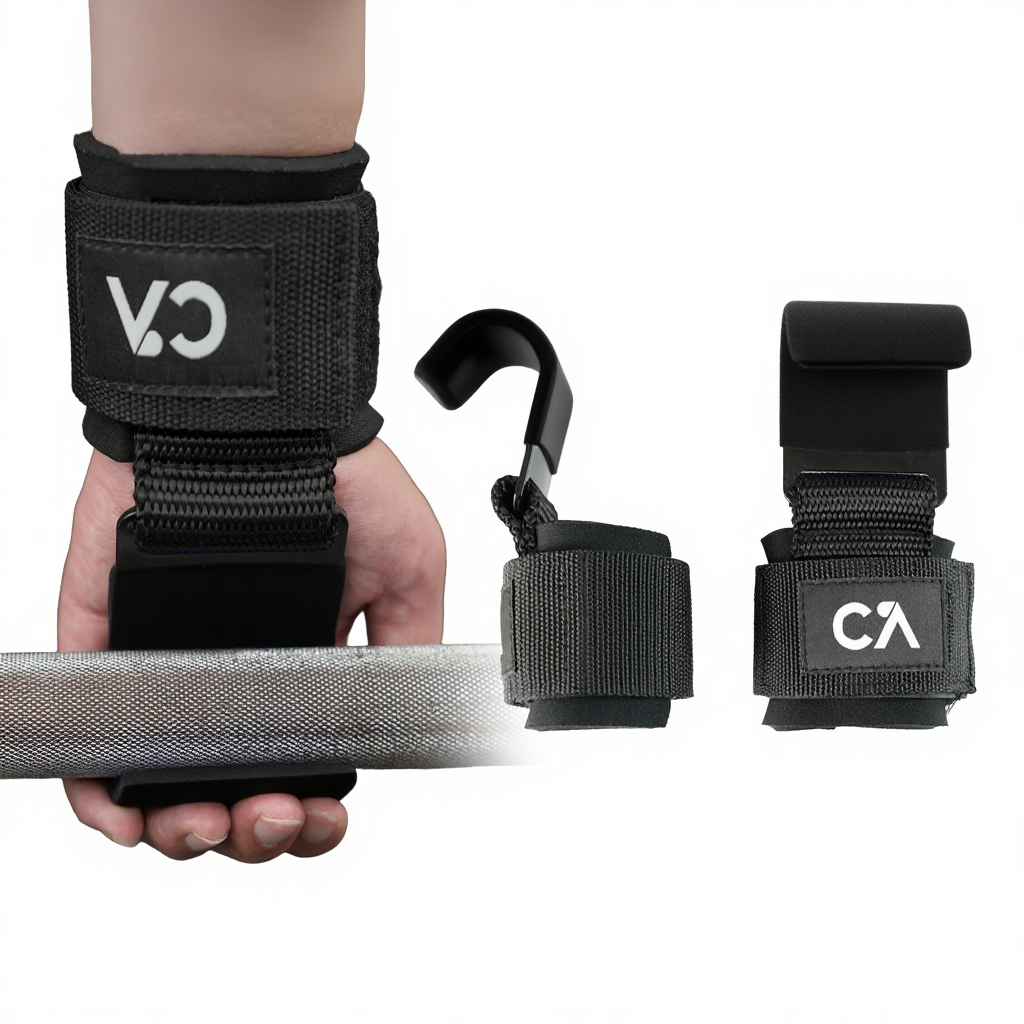
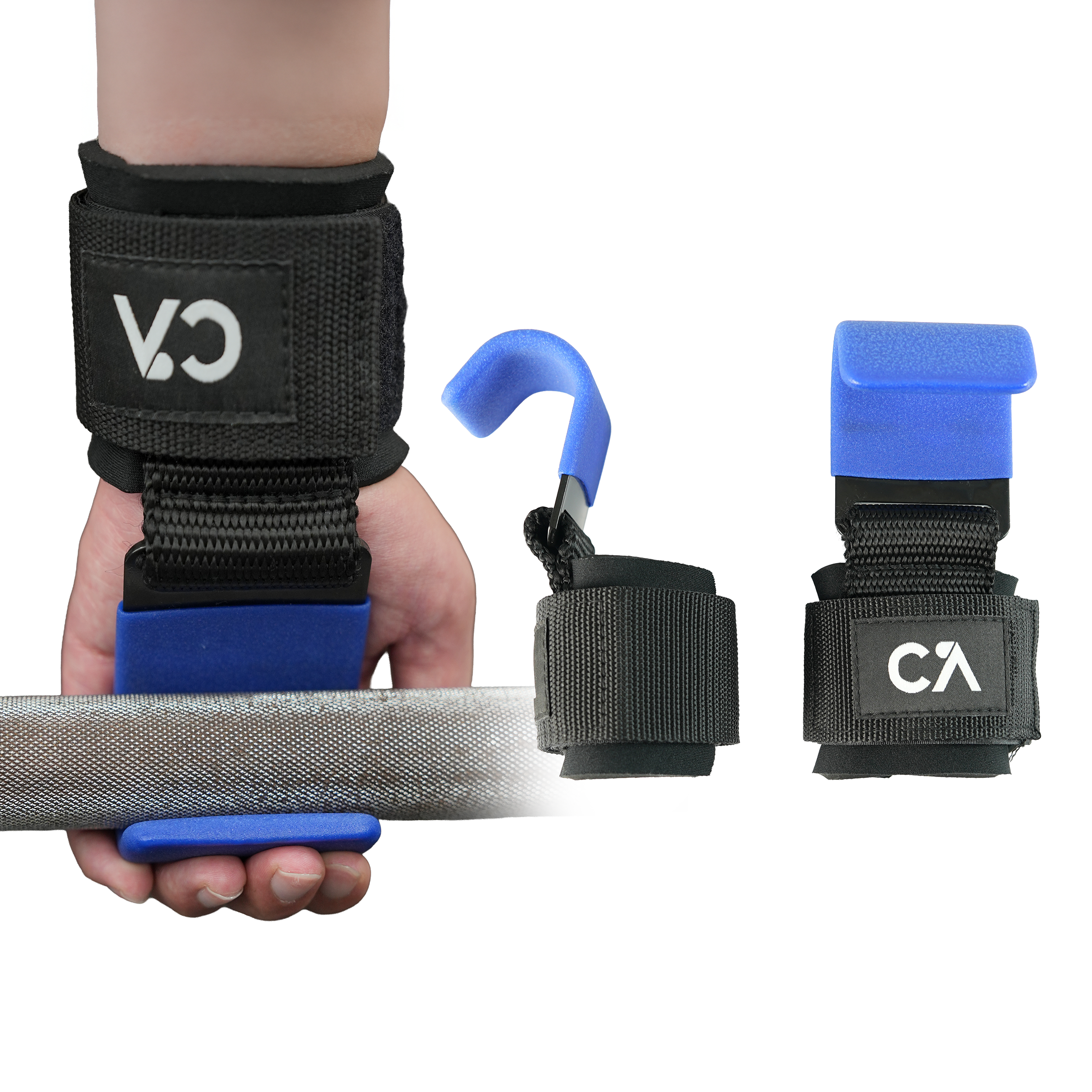
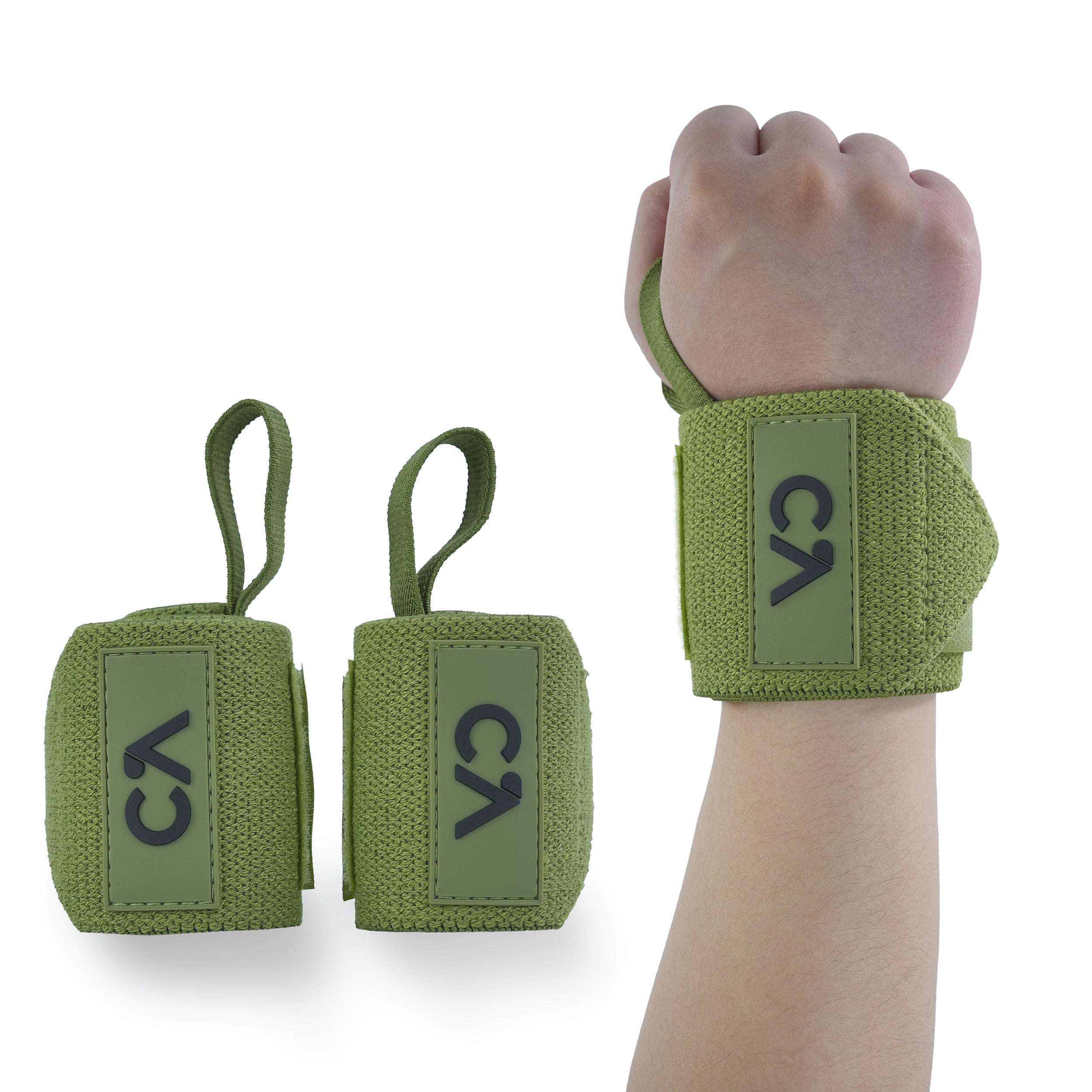
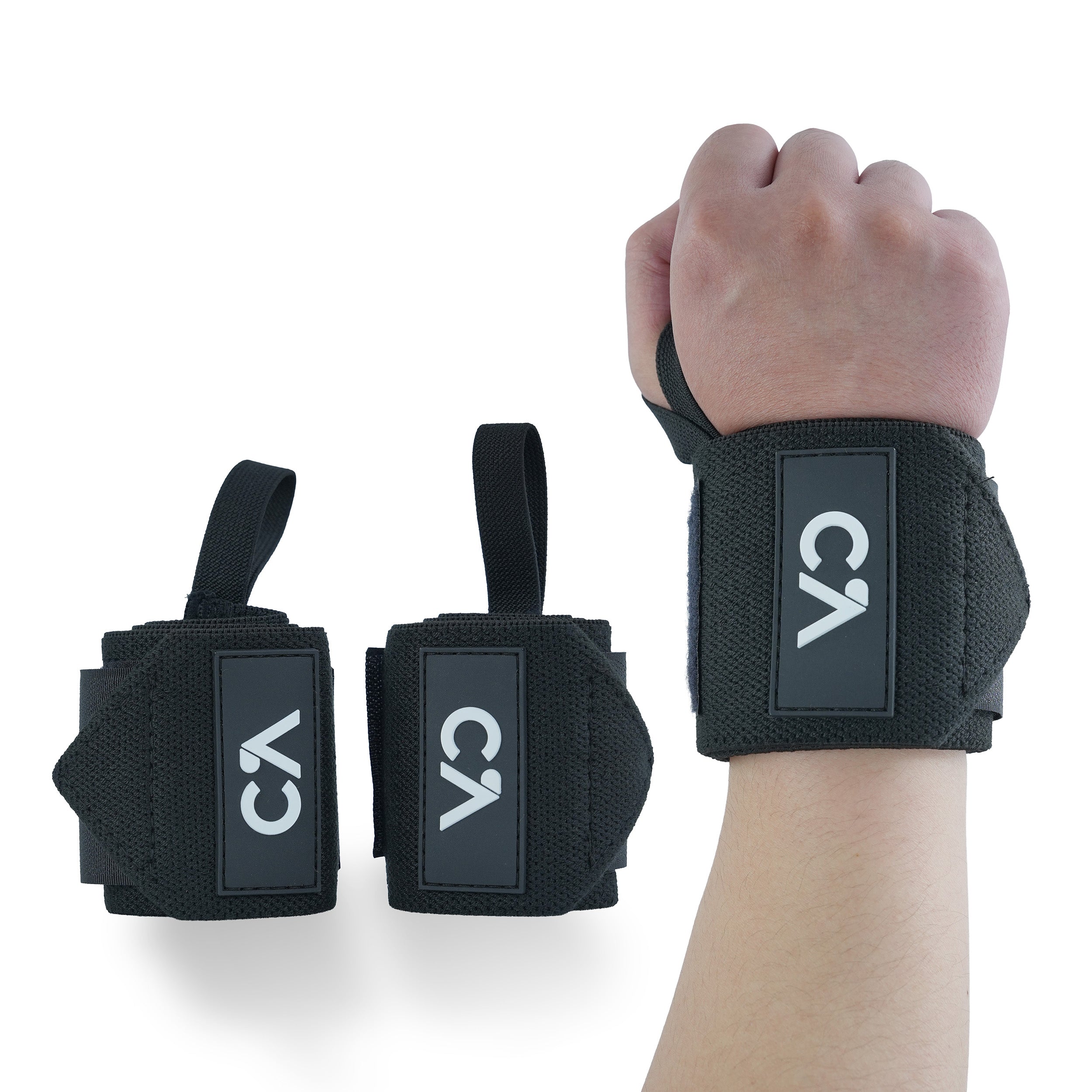
Leave a comment
All comments are moderated before being published.
This site is protected by hCaptcha and the hCaptcha Privacy Policy and Terms of Service apply.